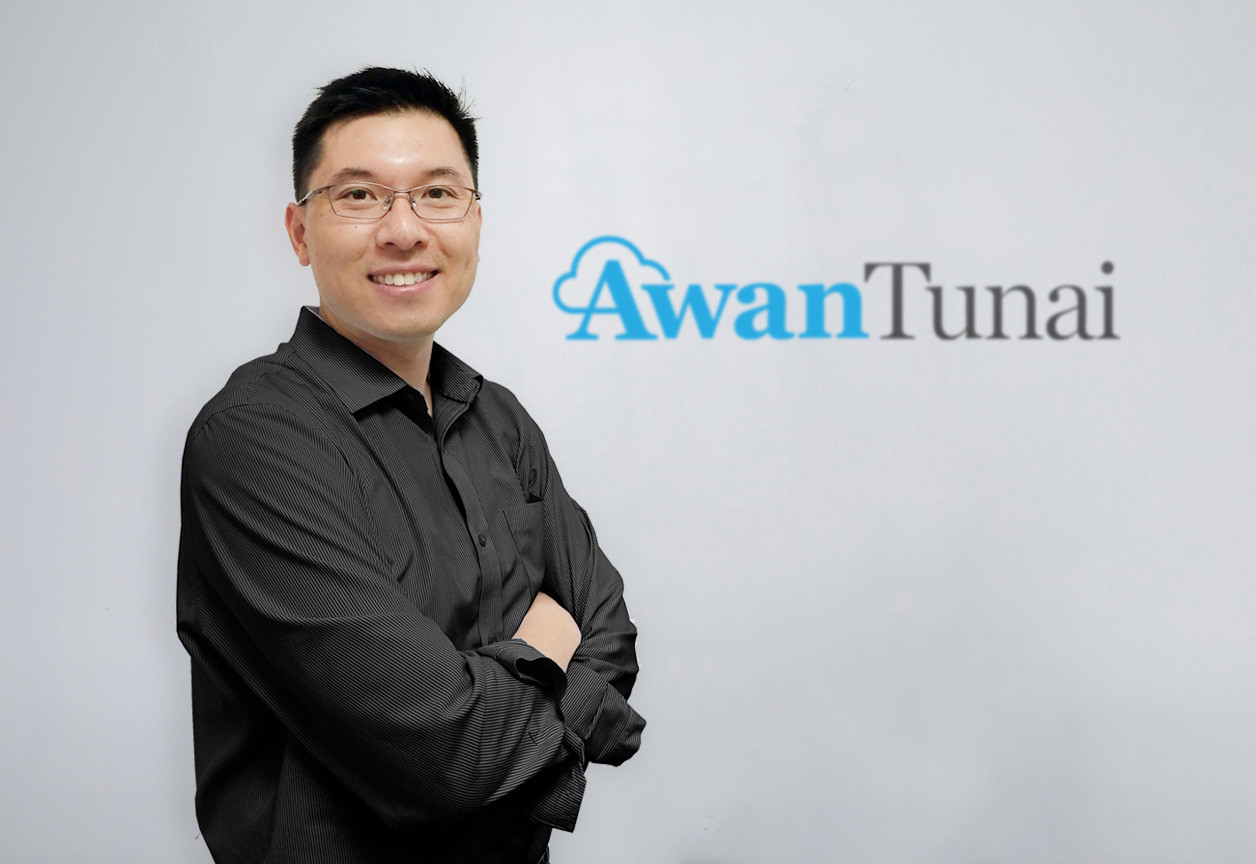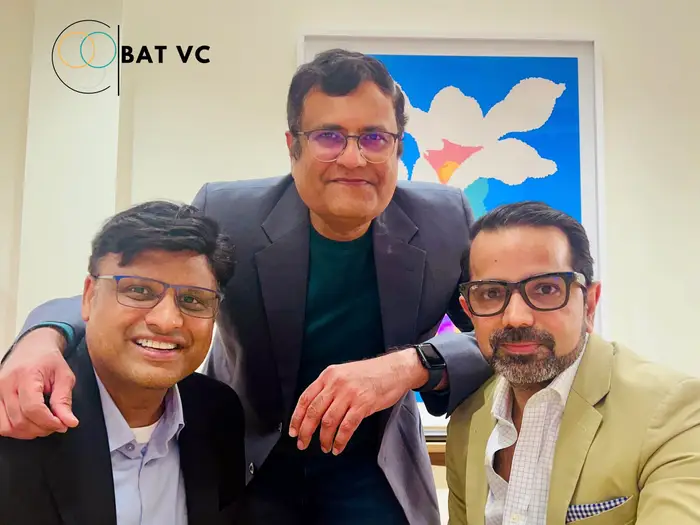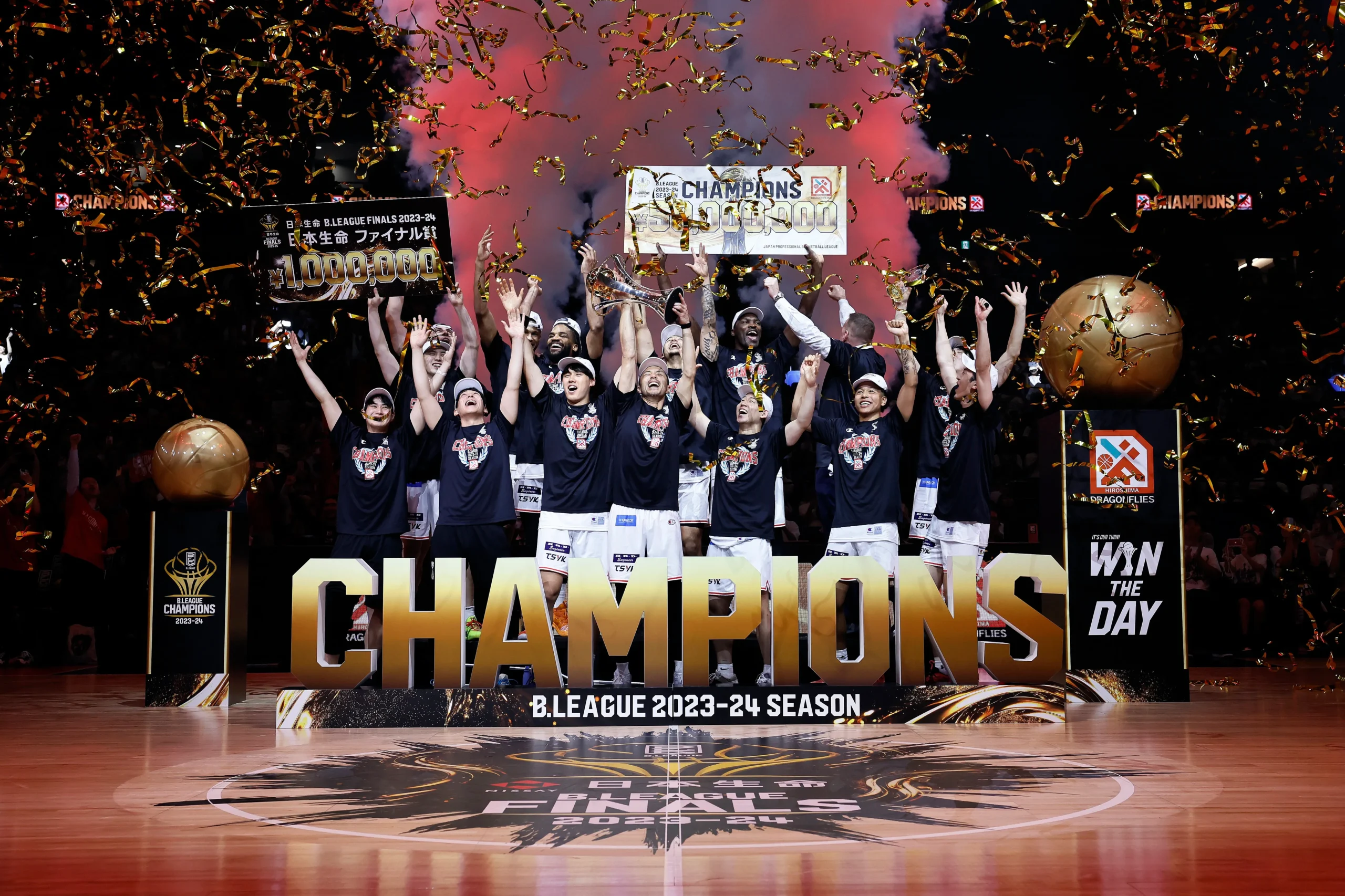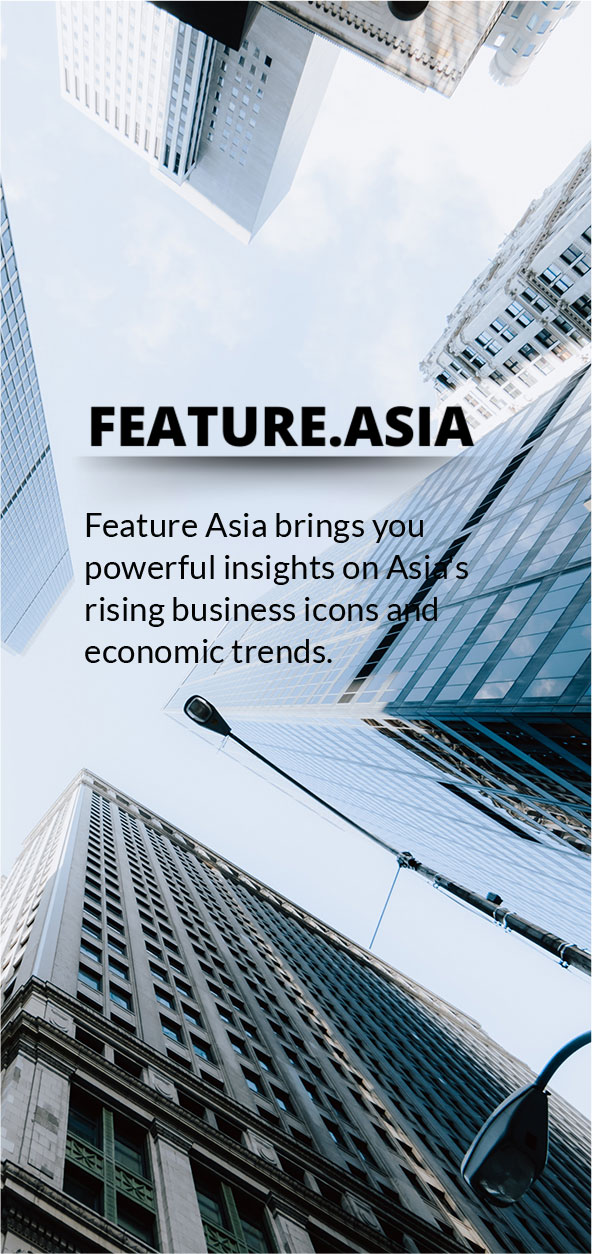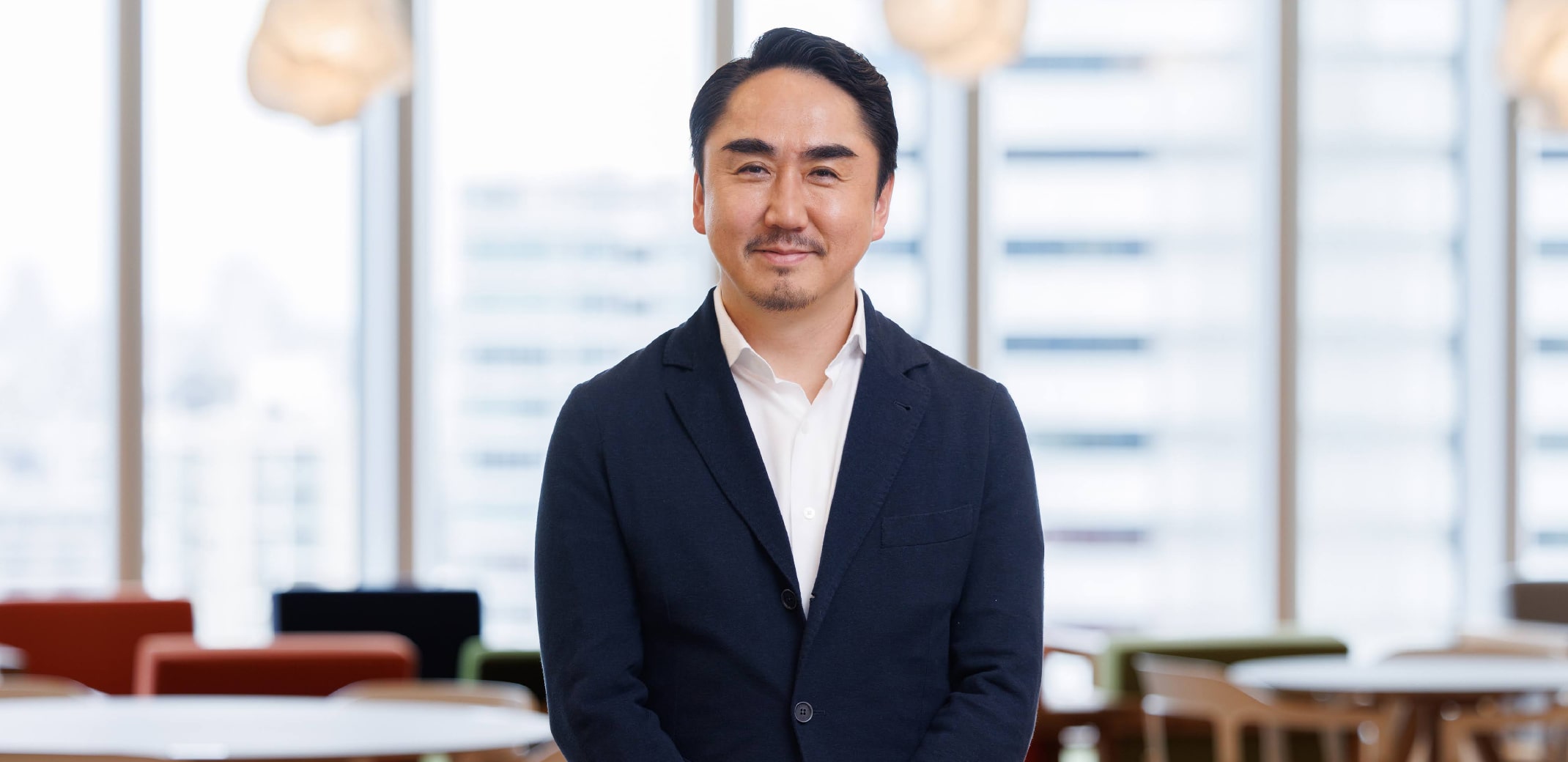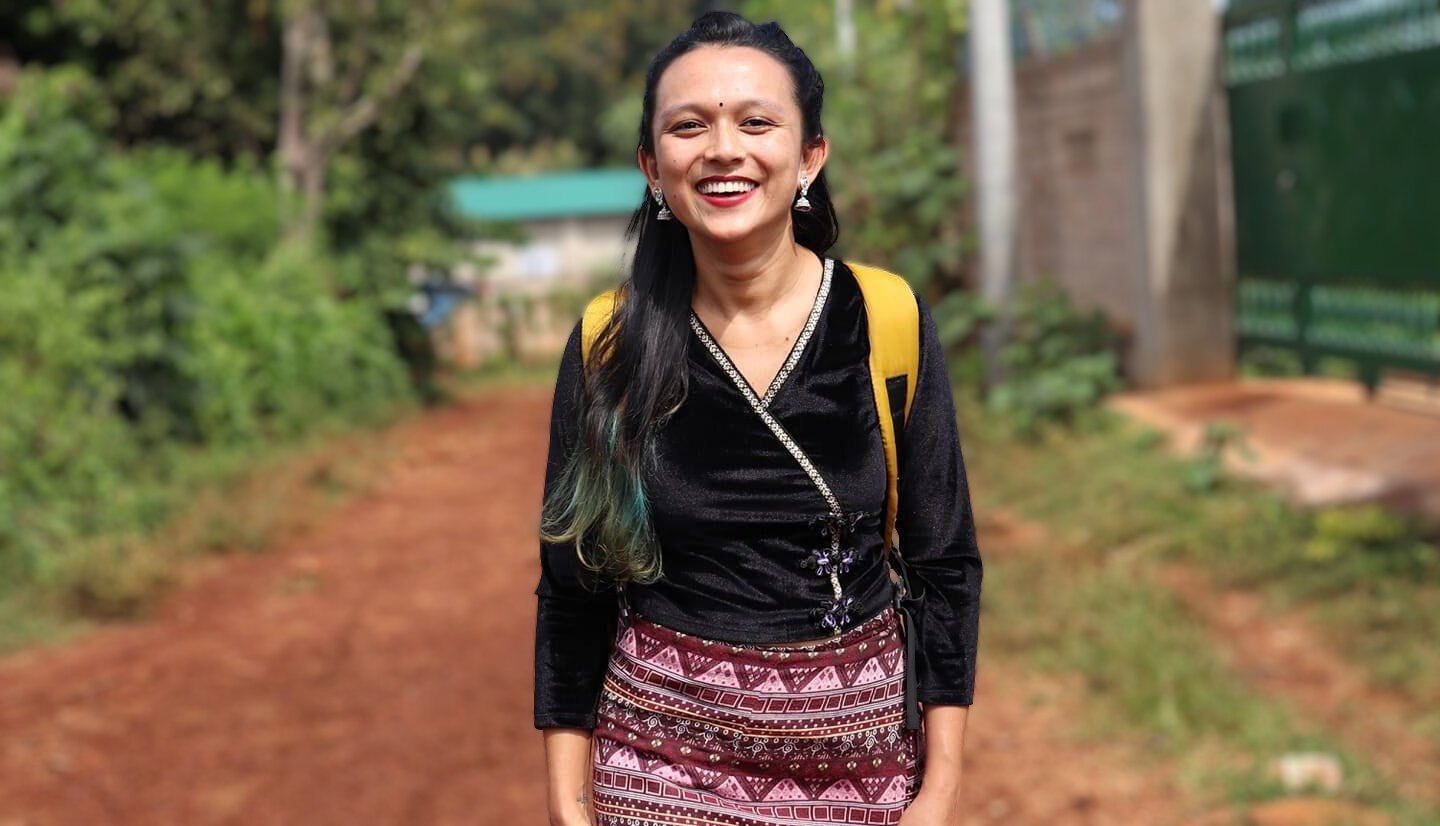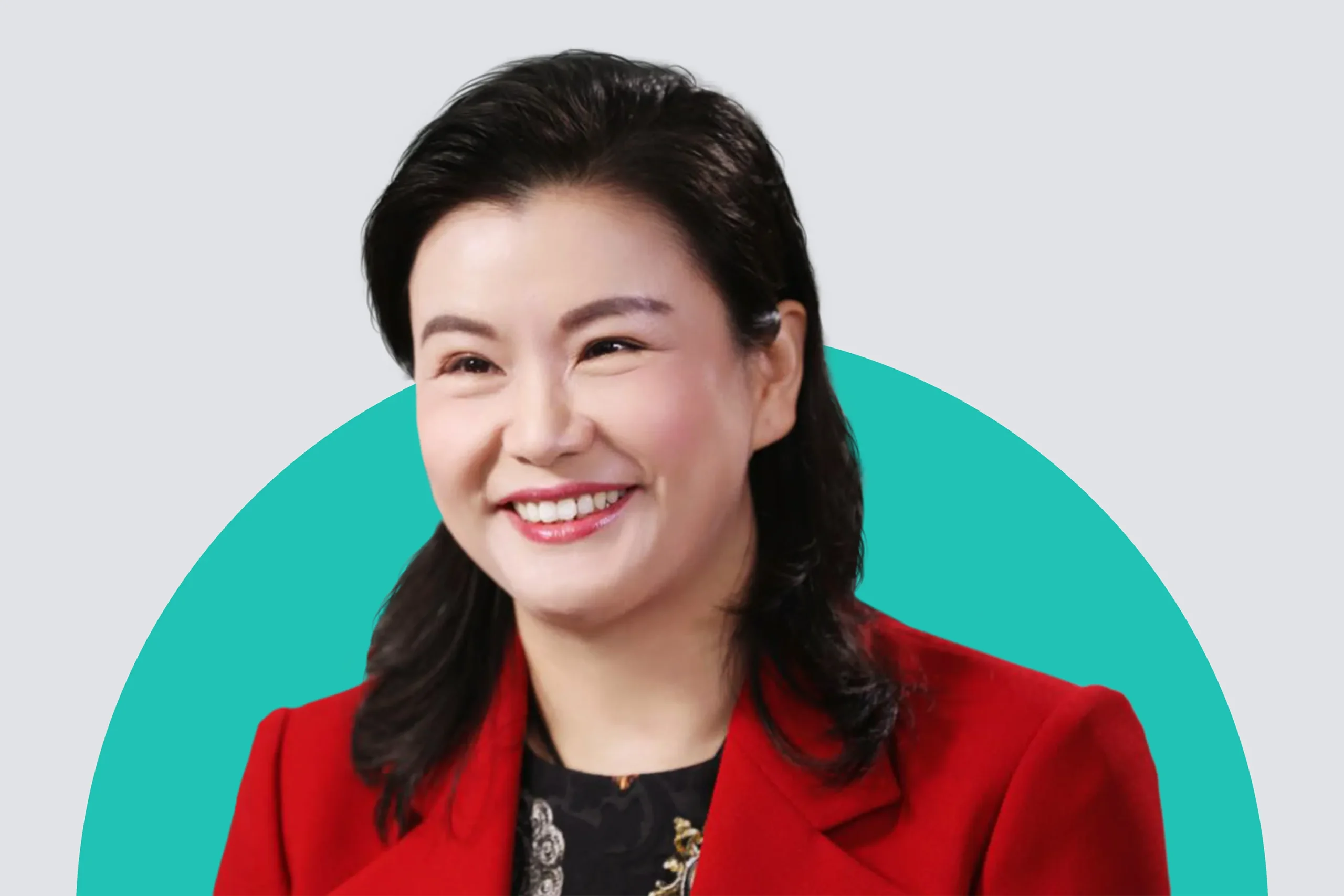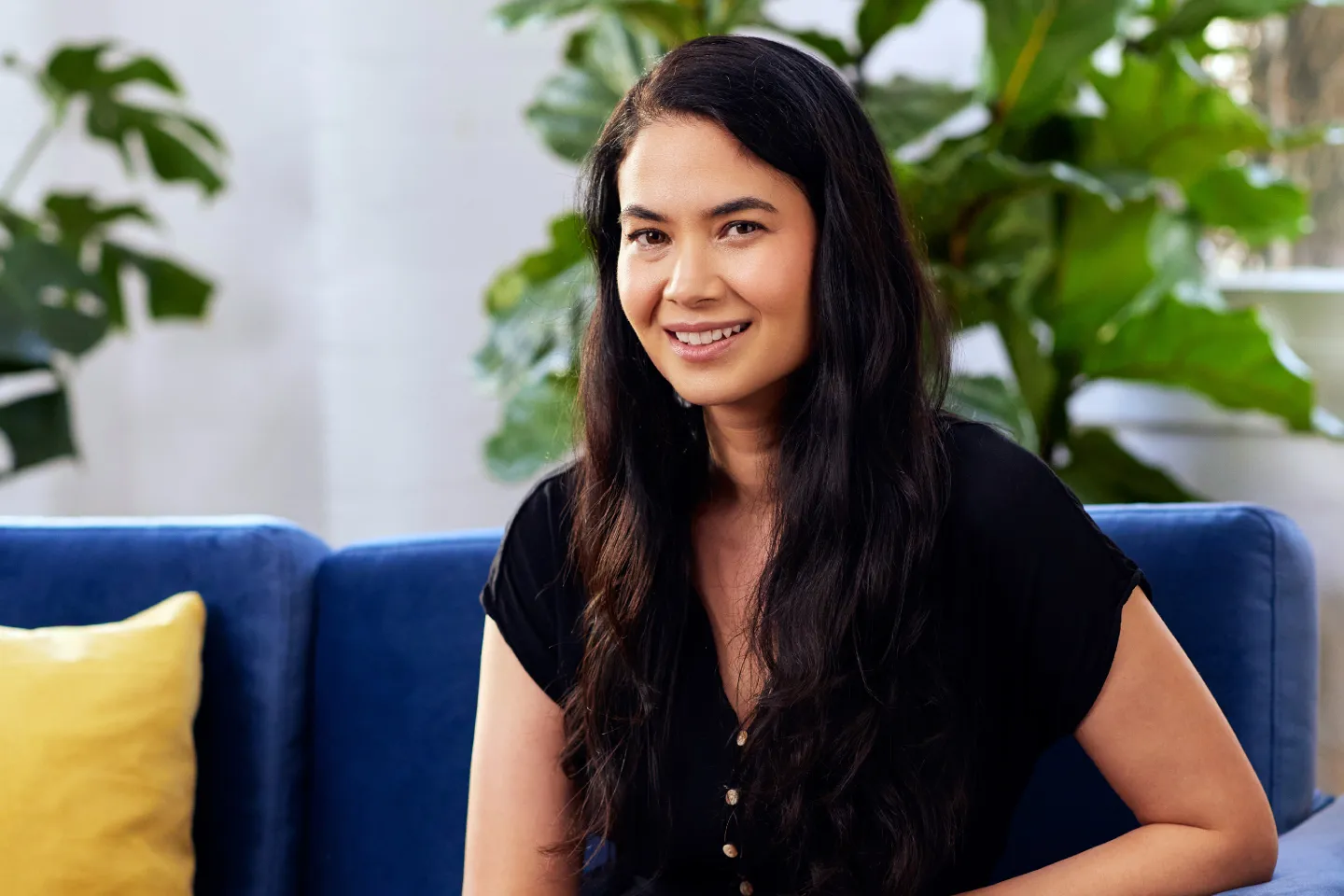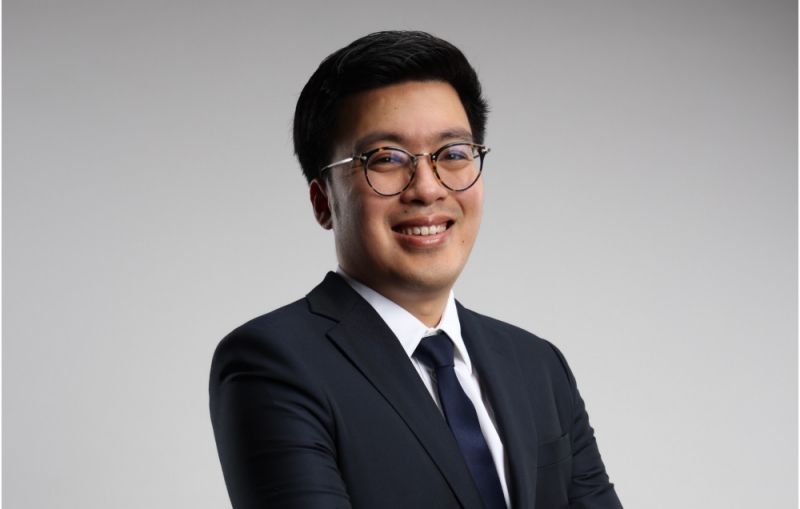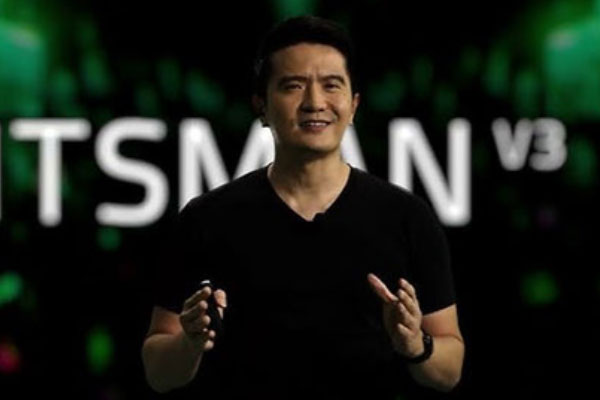Hiroshima Dragonflies EASL championship boosts Japan's basketball prestige
In a landmark moment for Japanese basketball, the Hiroshima Dragonflies captured the 2025 East Asia Super League (EASL) title. They defeated South Korea’s Anyang Jung Kwan Jang Red Boosters 72–69 in a thrilling final. This victory marked Hiroshima’s first regional title and elevated Japan’s growing influence in Asia’s basketball scene.
Held at the Sta. Rosa Sports Complex in the Philippines, the tightly contested game showcased the rising competitiveness of East Asia’s basketball leagues. It also spotlighted the sport’s increasing popularity across the region.
Background: Hiroshima Dragonflies rise in East Asian club basketball
The 2025 EASL Final Four featured elite teams from Japan, Korea, Taiwan, and the Philippines. Hiroshima entered the tournament as Japan’s second-ranked club and an early underdog. However, the team surged through the bracket thanks to standout performances by American imports Dwayne Evans and Kerry Blackshear Jr.
Evans, who led all scorers with 28 points in the final, earned MVP honors. His clutch shooting and on-court leadership helped the Dragonflies hold off the reigning Korean champions. The narrow win capped a week of high-energy matchups and set a new standard for cross-border competition in Asia.
Economic and cultural impact of the EASL title for Hiroshima and Japan
Hiroshima’s win resonated beyond the basketball court. Merchandise sales surged, foot traffic increased in local businesses, and fan zones around the city drew record crowds. The post-victory championship parade brought thousands to the streets, turning the win into a citywide celebration.
On a national scale, Japan’s B.League gained valuable international attention. More Japanese players are now attracting interest from NBA scouts and overseas coaches. This EASL title validates Japan’s long-term strategy of investing in talent development, coaching systems, and league infrastructure.
Additionally, Hiroshima’s rise may attract new tourism partnerships, brand endorsements, and bids to host global sporting events. The city’s growing profile as a sports hub reflects Japan’s larger ambitions in global basketball.
Editorial insight: East Asia’s basketball renaissance takes center stage
The 2025 EASL Final Four demonstrated that East Asia is no longer a secondary market in basketball. The region now boasts fierce rivalries, loyal fan bases, and globally competitive athletes. Leagues like Japan’s B.League, Korea’s KBL, and the Philippines’ PBA are creating vibrant ecosystems where sports culture and commercial opportunity intersect.
Hiroshima’s triumph is part of this larger story. A team once focused on local identity is now a continental champion. Their journey reflects a wider trend: Asian basketball is not just catching up—it’s making its mark.
Conclusion: Hiroshima Dragonflies EASL title signals a regional turning point
The Hiroshima Dragonflies’ EASL championship is more than a win—it’s a signal of what’s coming next. With the league planning new expansions, growing its digital footprint, and building youth pipelines, the 2025 season could be a defining moment for East Asian basketball.
For fans, players, and global investors alike, one message stands out: East Asia isn’t just participating in global basketball—it’s helping shape its future.

